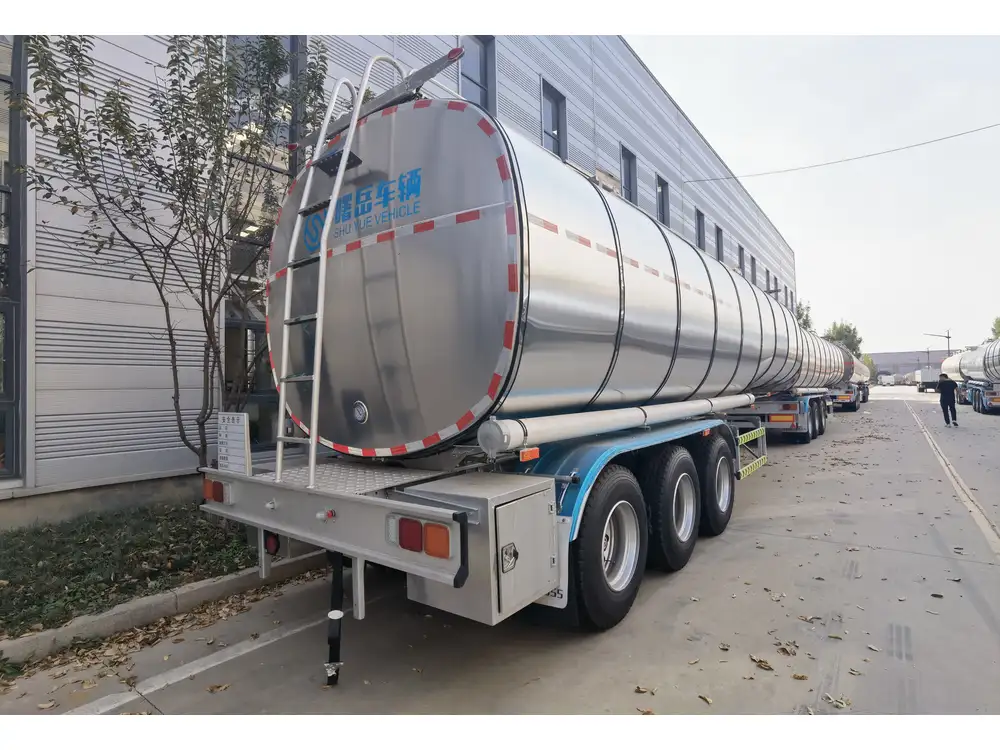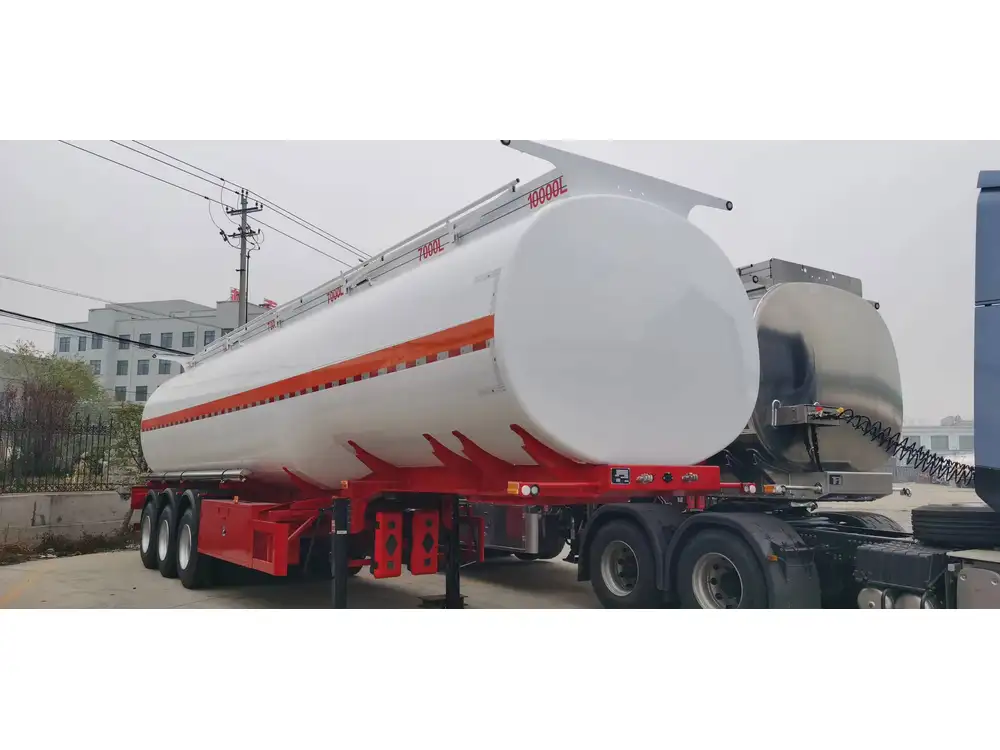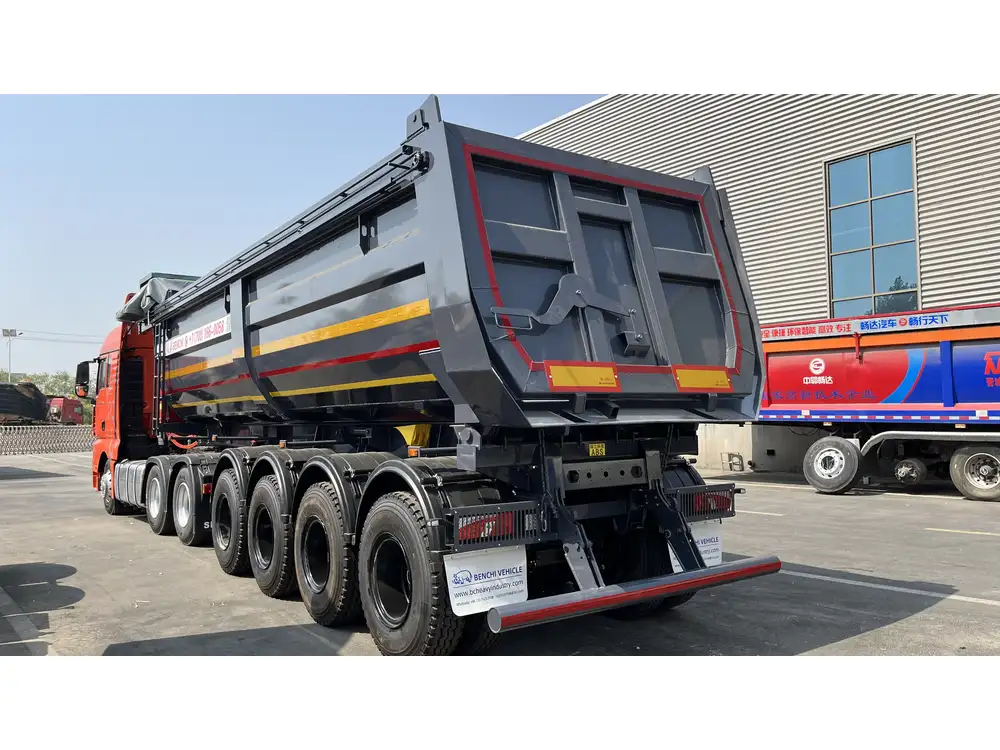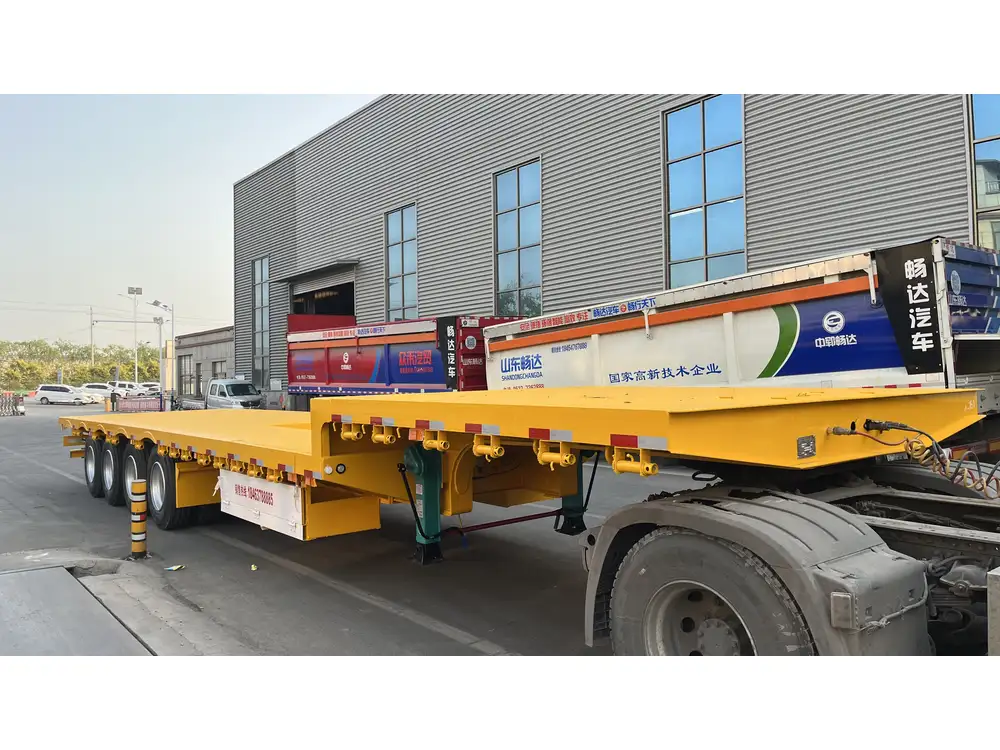Semi-trailers play a crucial role in logistics, transportation, and the broader supply chain. They are designed to be towed by a truck and are pivotal in moving goods across vast distances. An important aspect that logistics companies, truck owners, and fleet managers need to consider is the average size of a semi-trailer. In this article, we delve deep into the nuances of semi-trailer dimensions, types, and factors influencing their sizes.
What Constitutes a Semi-Trailer?
A semi-trailer is a trailer without a front axle, relying on a tractor unit’s connection to support a significant portion of its weight. The unique design allows for increased cargo capacity and flexibility in transportation. This section highlights the primary components contributing to the semi-trailer’s overall dimensions:
Components of a Semi-Trailer
- Length: Refers to the distance from the front of the trailer to the back, usually measured in feet or meters.
- Width: The measurement across the semi-trailer, generally capped at specific dimensions for road safety efficiency.
- Height: The vertical measurement from the ground to the top of the trailer.
- Axles: The number of axles determines how a semi-trailer distributes its weight.

Average Size of a Semi-Trailer
The average size of a semi-trailer varies based on their type, function, and cargo specification. However, we can break down the dimensions as follows:
Standard Dimensions
| Type of Semi-Trailer | Length (feet) | Width (inches) | Height (inches) |
|---|---|---|---|
| Flatbed | 48 to 53 | 102 (max) | 60 to 72 |
| Dry Van | 48 to 53 | 102 (max) | 96 to 110 |
| Reefer | 48 to 53 | 102 (max) | 96 to 110 |
| Lowboy | 48 to 53 | 102 (max) | 18 (max) |
Crucial Insights
- Length: The Federal Highway Administration (FHWA) typically allows semi-trailers to be a maximum of 53 feet long for most freight operations. Specialized trailers, such as lowboys, may vary in length based on the cargo they carry.
- Width: Most semi-trailers have a standard width of 102 inches, crucial for transportation integrity and compatibility with roads and bridges.
- Height: The height can greatly vary but generally ranges from 60 inches to 110 inches. Understanding height becomes imperative, especially when navigating underpasses or bridges.

Types of Semi-Trailers and Their Sizes
Every type of semi-trailer has distinct functions and specifics. Below, we look at the most common types of semi-trailers and their respective average sizes.
1. Flatbed Trailers
Designed for transporting large, heavy loads, flatbed trailers offer flexibility without side or overhead restrictions.
- Average Length: 48 to 53 feet
- Average Width: 102 inches
- Average Height: 60 to 72 inches
2. Dry Van Trailers
These enclosed trailers protect cargo from external conditions. They typically transport non-perishable goods.
- Average Length: 48 to 53 feet
- Average Width: 102 inches
- Average Height: 96 to 110 inches

3. Reefer Trailers
Refrigerated semi-trailers are essential for transporting perishable items while maintaining a specific temperature.
- Average Length: 48 to 53 feet
- Average Width: 102 inches
- Average Height: 96 to 110 inches
4. Lowboy Trailers
These trailers are designed for transporting heavy machinery and equipment. Their low-profile design allows for easy loading and unloading.
- Average Length: 48 to 53 feet
- Average Width: 102 inches
- Average Height: 18 inches (max clearance)
Factors Affecting the Size of Semi-Trailers
The variations in semi-trailer sizes arise from several influencing factors. Understanding these can help in determining which type of semi-trailer best suits specific transport needs.

1. Cargo Type
- Weight and Dimensions: Large, heavy machinery requires specific lowboy dimensions.
- Protection Needs: Goods that need protection from elements will require a dry van structure.
2. Regulatory Compliance
Transport regulations often dictate the maximum permitted sizes of semi-trailers:
- Federal Regulations: Vary by state and determine length, width, and height restrictions.
- State Regulations: Additional permits may be required for oversized transport.
3. Operational Requirements
- Loading and Unloading Conditions: Dock height and ramp configurations can dictate the ideal trailer height.
- Route Constraints: Height restrictions through underpasses or bridges may influence trailer choice.

Benefits of Understanding Semi-Trailer Sizes
Comprehending the average size and dimensions of semi-trailers is beneficial for logistics managers and truck owners in diverse ways. Detailed insights lead to more informed decisions about transportation strategies.
Optimized Fleet Management
Properly sizing semi-trailers can significantly enhance efficiency in transport operations. The ability to match the trailer type with cargo can lead to fuel savings and less wear on vehicles.
Cost Efficiency
Understanding size constraints helps fleet managers avoid issues with oversize loads, which can incur fines or require special routing, thus enhancing overall cost management.

Improved Safety
Compliant semi-trailer dimensions reduce risks while navigating through different terrains, ensuring safety for both the driver and the cargo.
Comparison of Standard Semi-Trailer Sizes
Creating a side-by-side comparison helps provide clarity regarding the variations among different trailer types.
Comparison Table
| Trailer Type | Length (feet) | Width (inches) | Height (inches) | Use Case |
|---|---|---|---|---|
| Flatbed | 48 to 53 | 102 | 60 to 72 | Heavy loads, machinery |
| Dry Van | 48 to 53 | 102 | 96 to 110 | General freight |
| Reefer | 48 to 53 | 102 | 96 to 110 | Perishable goods |
| Lowboy | 48 to 53 | 102 | 18 (max) | Heavy machinery and equipment |

FAQs Regarding Semi-Trailer Sizes
What is the maximum allowed length for a semi-trailer? Most states allow a maximum length of 53 feet for standard semi-trailers.
Are there any specific width restrictions? Highway restrictions often dictate a maximum width of 102 inches for safe operations.
Can I use a standard trailer for oversized cargo? No, oversized cargo often requires specialized permits and trailers. It’s crucial to check state regulations.
How do regulatory changes affect trailer sizes? As regulations evolve, the permissible dimensions for semi-trailers may change, making continuous education necessary.
Conclusion: Choosing the Right Semi-Trailer Size
The average size of semi-trailers serves as a fundamental component in logistics, profoundly impacting efficiency and safety. Understanding your transportation needs, cargo specifications, and regulatory constraints significantly aids in selecting the right trailer. Companies must engage in due diligence when considering their semi-trailer options, ensuring compliance and optimizing their logistics operations. By integrating the appropriate trailer dimensions, businesses can enhance their operational capabilities, navigate through regulations seamlessly, and ultimately provide better service outcomes for their clients.



